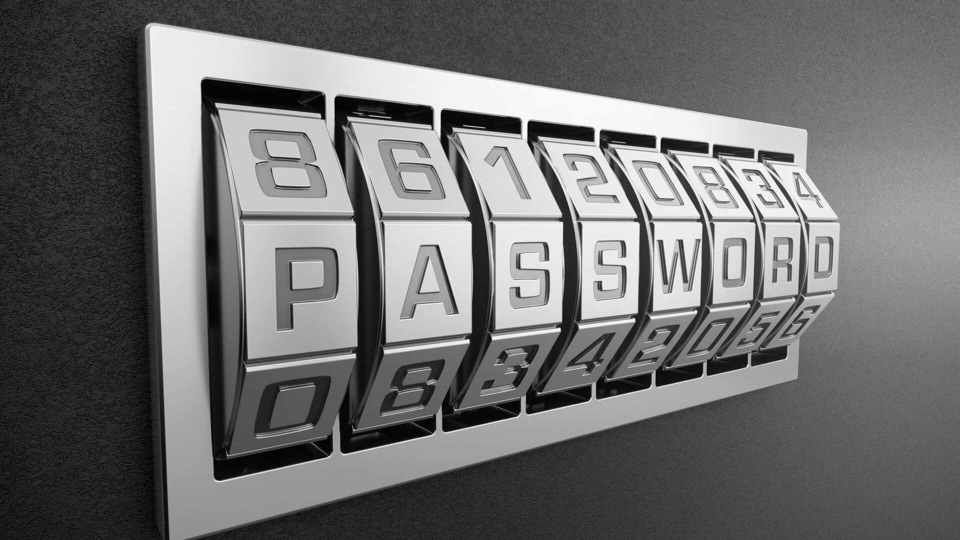10 things to keep in mind when you are setting up a new password
While we are tempted to set easy to remember passwords when we set up a new one or change an old one, to make lives simpler for us - that’s not good practice and it is not safe.


Remembering passwords is not the easiest of things and given how many apps, platforms and devices we use these days, we have just as many passwords to keep in mind. While we are tempted to set easy to remember passwords when we set up a new one or change an old one, to make lives simpler for us - that's not good practice and it is not safe.
You can always write your passwords down or save them as a note on an app like Evernote, but that too comes with its own bunch of troubles.
However, let's start with the basics you need to keep in mind when you set up a new password -
1. Do not use the same password on multiple platforms. If anyone manages to hack one of your accounts they will try to use the same password on other accounts as well.
2. Do not use names as passwords. Particularly names of your parents, siblings, partner or pets. Avoid using the brand name of your car too. These are very easy to learn and find out.
3. Never use pin numbers of credit/debit cards as passwords. Do not use phone numbers either.
4. Do not use birthdays, anniversary dates as passwords.
5. Avoid using serial numbers like passport number or PAN card number as passwords.
6. Do not reuse an old password. Most platforms do not accept a password that has just been used, but avoid using one that's a few months old too. Lists of expired passwords can be obtained from the dark web or from database leaks by hackers.
7. Don't save your passwords online in any form, not even as an email draft. You can manually write it down or save it an app on your device that's not connected to the internet, but you have to be careful.
8. Browsers like Google Chrome come with the password save option. While this feature is very helpful, it's better you avoid it. This makes all your saved passwords vulnerable if you access a malicious website by mistake.
9. Use two-factor authentication wherever available.
10. Try to change your passwords every few months to ensure you stay safe. It's a tedious job, but you know - better safe than sorry!
Catch all the Latest Tech News, Mobile News, Laptop News, Gaming news, Wearables News , How To News, also keep up with us on Whatsapp channel,Twitter, Facebook, Google News, and Instagram. For our latest videos, subscribe to our YouTube channel.





















